Hopkinton considers change to SB2; Pittsfield and Allenstown may return to traditional
| Published: 02-24-2025 4:14 PM |
In a world where people spend so much time behind screens, Emily Burack sees traditional town meetings as a valuable way for people in town to connect, in person.
“This opportunity for a town meeting is a huge gift,” Burack said at a hearing to consider splitting the Hopkinton town meeting process into two parts, commonly referred to as SB2.
She opposes such a change: “Not only do we all have the rights and privileges to speak up about how our town is run, we get to see our neighbors check in, and catch up with people that we might not have seen since the town meeting the year before.”
This isn’t the first time Hopkinton has debated the issue. Nearly every year, SB2 appears on the town and school district ballot, and so far voters have turned it down, sometimes by a thin margin. The petitioned warrant article must receive a three-fifths majority vote on election day to pass.
Traditional town meetings allow for open-floor debates and elected officials to provide information and explain each dollar amount. Unless a secret ballot vote is requested, votes are typically cast by a show of hands.
SB2, the official ballot referendum system, works differently. It includes a deliberative session where residents can discuss budgetary matters and amend warrant articles similar to a town meeting. But final votes happen later, at the ballot box in March.
Supporters of SB2 argue that it offers convenience, allowing people to cast their votes quickly at the ballot box instead of spending hours at a long town meeting. Opponents argue that splitting the process into to parts leaves people uninformed about warrant articles and the budget since, at a town meeting, residents can ask questions before making a decision.
Alyssa McKeon said she loves attending town meetings but said childcare provided during town meeting sessions didn’t offer the support her child needs.
Article continues after...
Yesterday's Most Read Articles
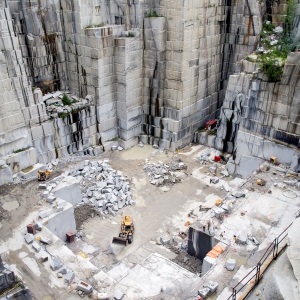 Blasting set at Swenson Granite quarry, which may resume full operations this summer
Blasting set at Swenson Granite quarry, which may resume full operations this summer
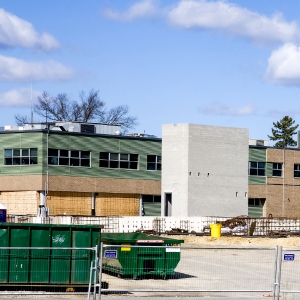 Work continues on new state psychiatric hospital in Concord
Work continues on new state psychiatric hospital in Concord
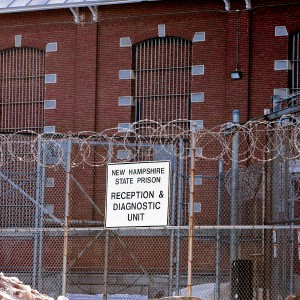 As part of sweeping cuts, House budget writers vote to abolish nearly 200 positions from N.H. Department of Corrections
As part of sweeping cuts, House budget writers vote to abolish nearly 200 positions from N.H. Department of Corrections
 New Hampshire law enforcement to step up traffic enforcement on Route 106
New Hampshire law enforcement to step up traffic enforcement on Route 106
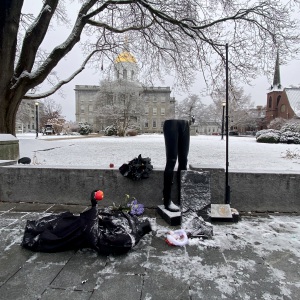 Three arrested in connection with vandalism of Satanic Temple holiday display
Three arrested in connection with vandalism of Satanic Temple holiday display
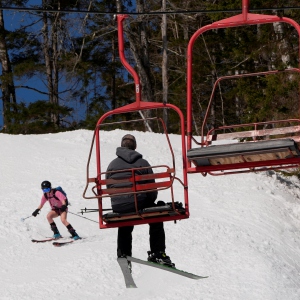 A New Hampshire ski resort bets on tech to compete with industry giants
A New Hampshire ski resort bets on tech to compete with industry giants
She said that for many people, attending town meetings just isn’t possible whether due to work, childcare or disability.
“Why wouldn’t everyone who’s incredibly passionate about showing up to town meetings also show up to the deliberative session?” McKeon said. “We seem to have a collective assumption that we’re going to have this rock bottom fall out (of attendance).”
Elsewhere, towns are looking to go back to traditional town meetings.
In Pittsfield, last year’s deliberative session finished in just 30 minutes with fewer than a dozen residents in attendance even though there were 30 articles on the warrant. Pittsfield has a warrant article on the ballot to return to a traditional form of governance, hoping to boost engagement.
Allenstown is facing a similar challenge and is considering the same shift.
Steven Whitley, a member of Hopkinton’s select board, pointed out that in SB2 communities, turnout at deliberative sessions tends to be low. As a result, he said, a small group of people can show up and make significant changes to all the money articles. When it’s time for the ballot vote, there’s no chance for further changes.
“It’s just an up-or-down vote at that time and so if you’re not able to come out to the deliberative session for whatever reason then you lose control over the budget,” said Whitley.
SruthiGopalakrishnan can be reached at sgopalakrishnan@cmonitor.com

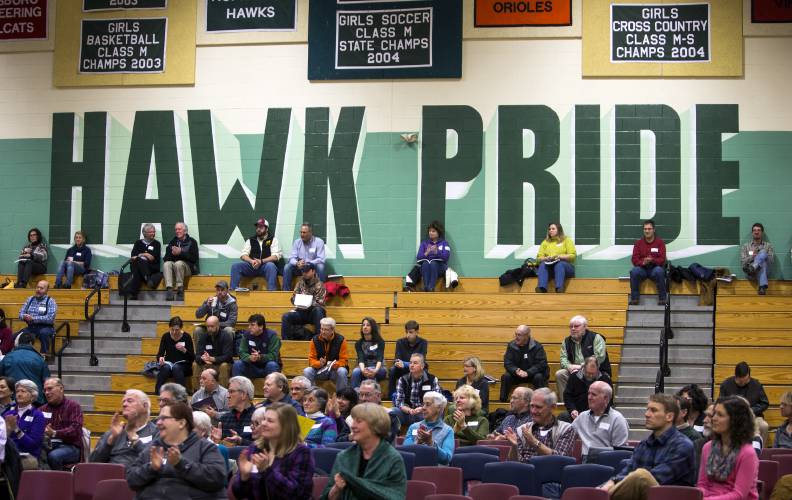
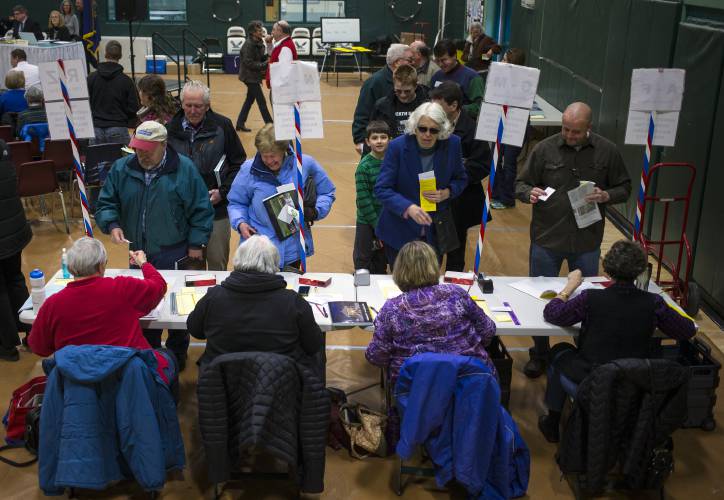
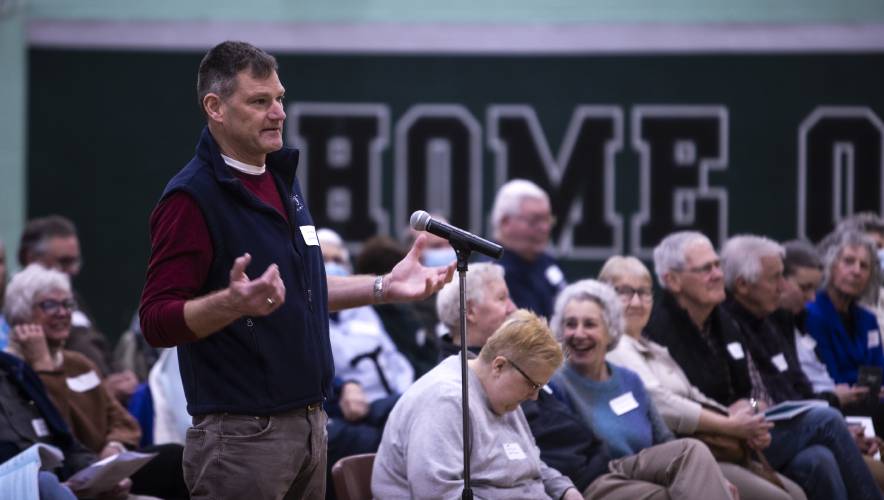






 Henniker ponders what is a ‘need’ and what is a ‘want’
Henniker ponders what is a ‘need’ and what is a ‘want’ Boscawen residents vote to fund major renovation of public works building
Boscawen residents vote to fund major renovation of public works building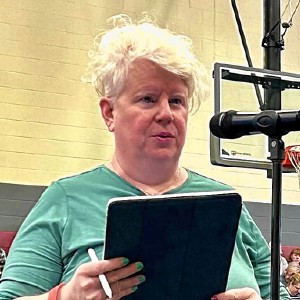 ‘Voting our wallets’: Loudon residents vote overwhelmingly against $1.7M bond for new fire truck
‘Voting our wallets’: Loudon residents vote overwhelmingly against $1.7M bond for new fire truck In Pembroke, Education Freedom Accounts draw debate, voters pass budget
In Pembroke, Education Freedom Accounts draw debate, voters pass budget
